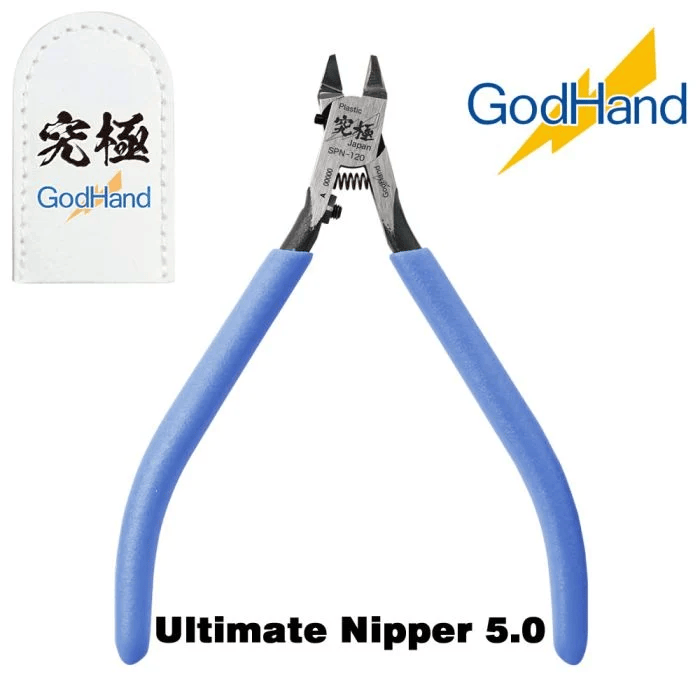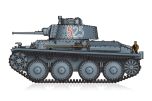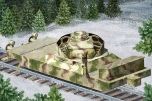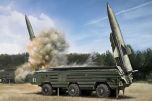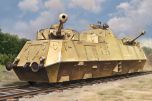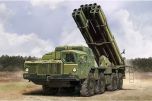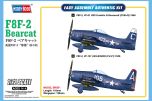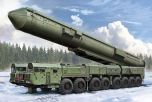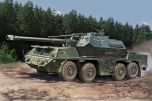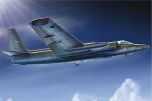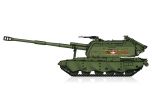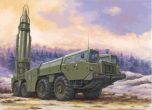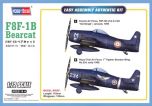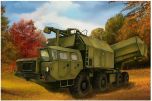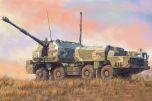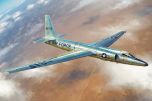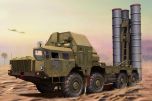Hobbyboss 1/72 German Panzerjagerwagen Vol.2 # 82955
The Panzerjägerwagen (Volume 2) refers to a type of heavily armored railcar used by Nazi Germany during World War II as part of their armored trains (known as Panzerzüge).
These railcars were designed specifically for the purpose of providing mobile anti-tank and anti-aircraft firepower, giving the trains a formidable offensive and defensive capability.
In the second volume of Panzerjägerwagen designs, these railcars became more specialized and heavily armed, evolving in response to the changing threats on the battlefield.
Key Characteristics and Features:
Role and Purpose:
Mobile Firepower: The Panzerjägerwagen was designed to be part of an armored train, a mobile platform capable of carrying powerful artillery, anti-tank, and anti-aircraft weaponry across railway networks. Its primary role was to provide a mobile anti-tank capability, protecting the train and surrounding areas from enemy armor, as well as offering support to infantry and other units.
Versatility: In addition to engaging enemy tanks, the Panzerjägerwagen could also target infantry, fortifications, and aircraft, making it a versatile part of Germany’s defensive and offensive strategies, especially in the vast territories of the Eastern Front, where armored trains were most frequently deployed.
Armament:
Main Armament: The Panzerjägerwagen Vol. 2 railcars were often equipped with a 7.5 cm Pak 40 anti-tank gun, one of the most widely used and effective anti-tank guns of the war. This gun was capable of penetrating the armor of most Allied tanks at typical combat ranges, giving the train considerable stopping power against armored threats.
Secondary Armament: In addition to the main anti-tank gun, these railcars were frequently fitted with machine guns for infantry defense, typically MG 34 or MG 42 machine guns, which could be used to repel infantry assaults and suppress enemy positions. These machine guns provided close-in defense for the railcar and the entire armored train.
Anti-Aircraft Defense: As Allied air superiority grew during the war, Panzerjägerwagen railcars were often modified to include anti-aircraft weaponry. This included the addition of Flakvierling 38 (20mm quad-barreled anti-aircraft guns) or similar systems, giving the armored train the ability to defend itself from low-flying aircraft.
Armor and Protection:
Heavy Armor: The Panzerjägerwagen railcars were heavily armored, with thick steel plating on all sides to protect the gun crew and the vital components of the train from enemy small arms fire, shrapnel, and light anti-tank weapons. The armor thickness typically ranged between 10 mm to 30 mm, depending on the specific design and the intended level of protection.
Enclosed Gun Positions: The anti-tank guns were mounted in turret-like enclosures or casemates that provided the gun crew with some protection while allowing for a wide range of motion to engage targets. The crew operated from within an enclosed, reinforced structure, reducing their vulnerability to enemy fire while maintaining the ability to direct effective fire against enemy tanks and other threats.
Mobility:
Rail-Based: As part of an armored train, the Panzerjägerwagen relied on the extensive railway networks of Europe and the Soviet Union for mobility. The train could be rapidly moved to areas of conflict, particularly in large, open areas where rail transport was a key logistical asset. Once in place, the armored train could function as a mobile fortress, supporting operations or securing strategic areas like railway hubs.
Limited Off-Road Capability: Despite its impressive firepower and armor, the Panzerjägerwagen had the inherent limitation of being restricted to railways. Its effectiveness was largely dependent on the availability and condition of railway lines, making it vulnerable if the tracks were destroyed by enemy forces or aerial bombing.
Crew and Operations:
Crew Size: Each Panzerjägerwagen typically required a crew of 4-6 men to operate the main gun, machine guns, and anti-aircraft defenses. The crew was responsible for aiming and firing the anti-tank gun, as well as defending the railcar from ground or aerial threats.
Coordination: The Panzerjägerwagen did not operate alone but was part of a larger armored train unit, which included other types of railcars, such as artillery cars, command cars, troop transport cars, and supply cars. These units worked together to provide a mobile and coordinated defense or assault capability. Communication and coordination between the different railcars were crucial for effective operation.
Combat Usage:
Eastern Front: Armored trains, including those equipped with Panzerjägerwagen, were primarily used on the Eastern Front. The vast expanses of Soviet territory and the importance of maintaining control over railway lines made armored trains an effective tool for both offensive operations and defensive patrols. The Panzerjägerwagen’s anti-tank capabilities were particularly valuable in areas where Soviet tanks and armored vehicles were prevalent.
Partisan Warfare: The German military also used armored trains, including Panzerjägerwagen, in anti-partisan operations. Partisan fighters often targeted railway infrastructure, making armored trains a useful asset in patrolling and securing these key supply lines from sabotage and ambushes.
Declining Effectiveness: As the war progressed and Allied air superiority increased, the vulnerability of armored trains to air attacks became more apparent. While the Panzerjägerwagen could provide some anti-aircraft defense, it was not sufficient to fend off sustained bombing or strafing runs by Allied aircraft, which led to a decline in the use of armored trains later in the war.
Summary:
The Panzerjägerwagen Vol. 2 was a heavily armored, rail-based vehicle designed to provide mobile anti-tank and anti-aircraft firepower as part of Germany’s armored train strategy during World War II.
Armed with powerful anti-tank guns, machine guns, and sometimes anti-aircraft cannons, these railcars were crucial for protecting key rail lines and engaging enemy armor.
While effective in certain environments, their reliance on rail infrastructure and vulnerability to air attacks limited their long-term utility.
Despite these limitations, the Panzerjägerwagen remains an iconic example of the innovative, yet ultimately constrained, German efforts to create mobile fortifications during the war.
Did you know we are the UK's largest GodHand Tools stockist and official UK distributor!
Check out their amazing Ultimate Nipper 5.0, which is the best Nipper on the market.
All Godhand tools are available for next-day delivery.







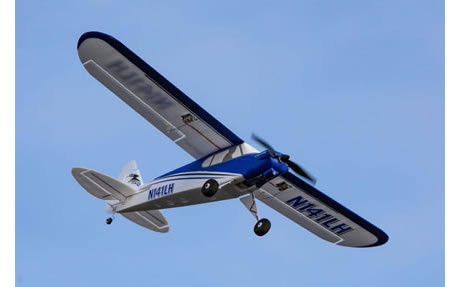
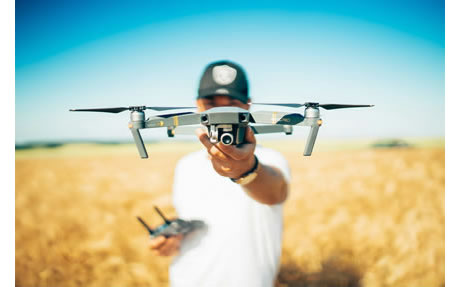










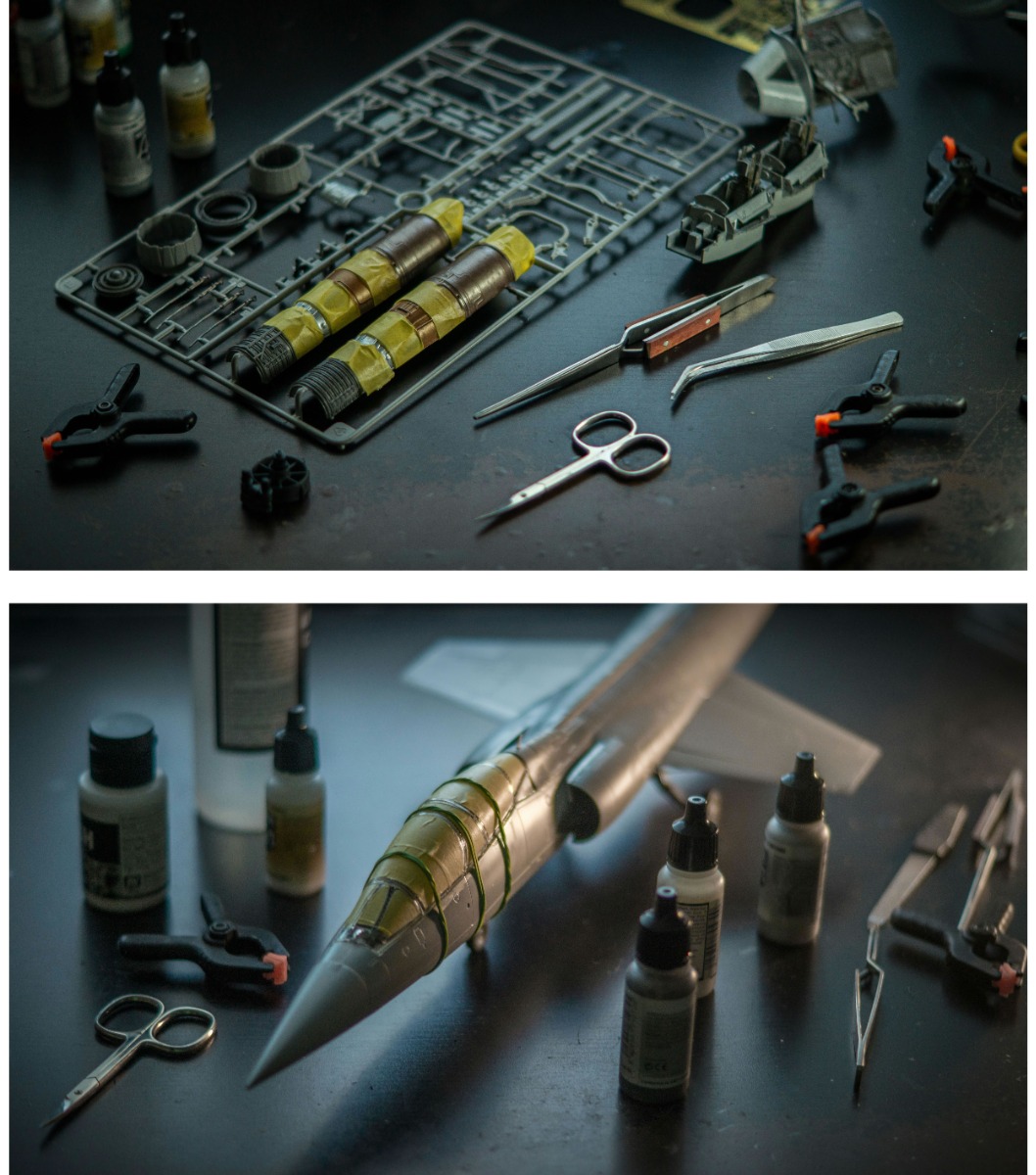
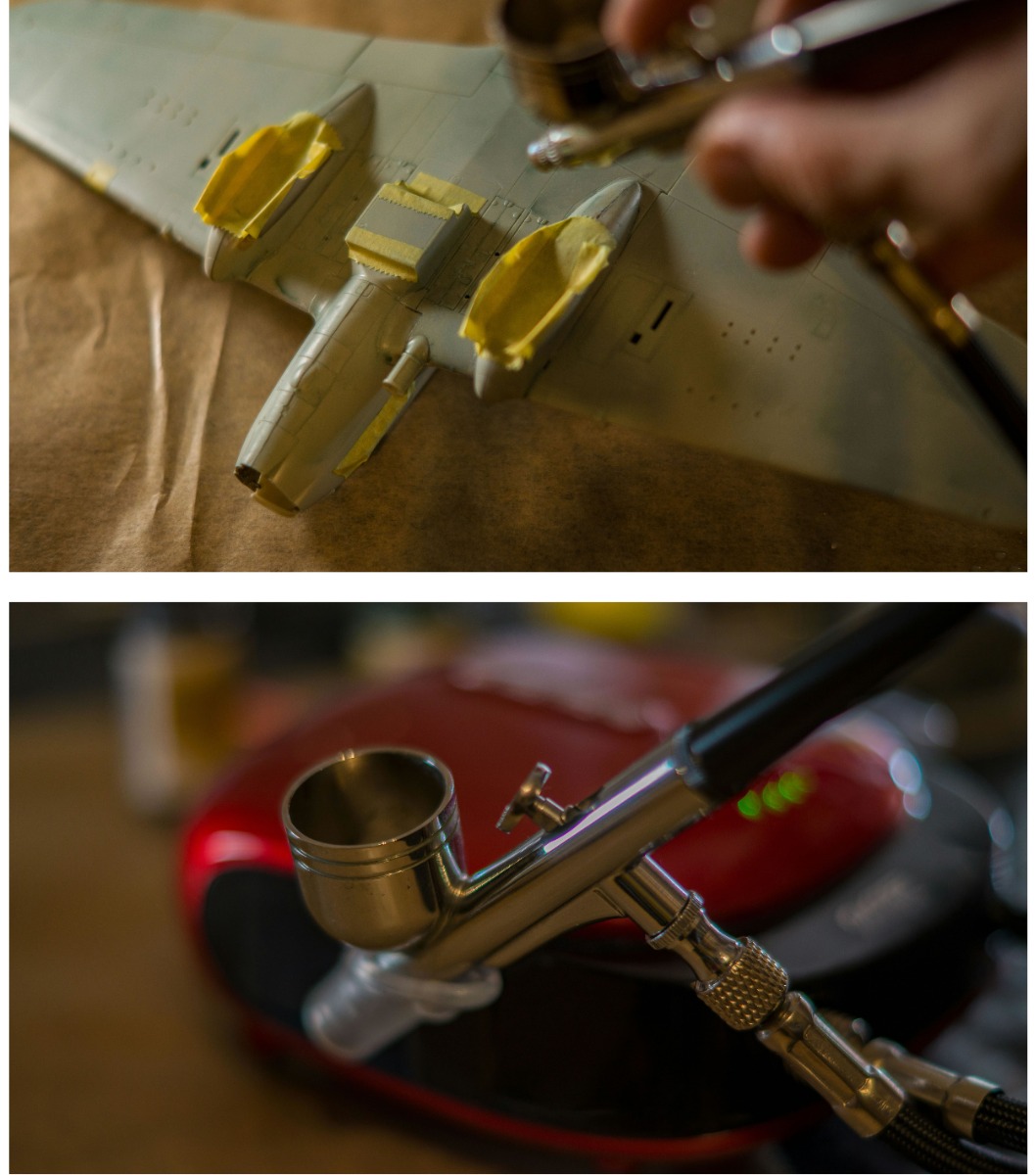
 Spread the cost with Paypal Credit
Spread the cost with Paypal Credit
 Spread the cost with Klarna
Spread the cost with Klarna


